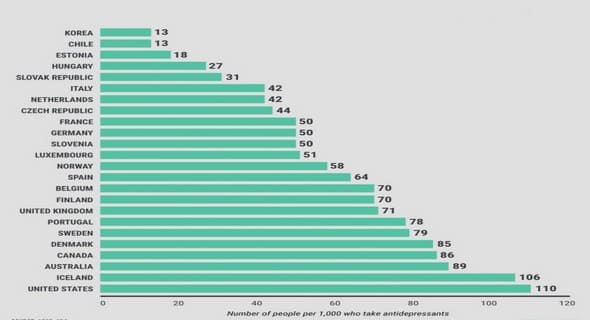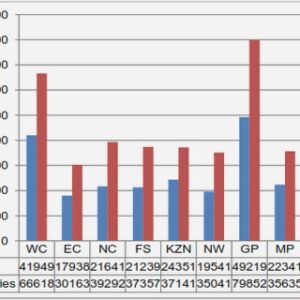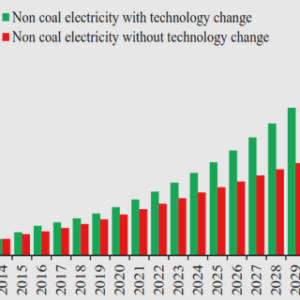(Downloads - 0)
For more info about our services contact : help@bestpfe.com
Table of contents
1 Scientific Context and Objectives
1.1 Astrophysical Background
1.1.1 The Diffuse Interstellar Medium
1.1.2 Cosmic Dust Life Cycle
1.1.3 Photodissociation Regions
1.1.4 Dust Extinction and Emission
1.1.5 Astrophysical Polycyclic Aromatic Hydrocarbons
1.1.5.1 Aromatic Infrared Bands
1.1.5.2 Characteristics of Astro-PAHs
1.2 Photophysics of Astro-PAHs
1.3 Laboratory Astrophysics Studies on PAHs
1.3.1 Spectroscopy of PAHs
1.3.2 Studies on the Photophysics and Chemistry of PAHs
1.4 Objective of this Work
1.5 Implementation within the EUROPAH Network
2 Laboratory Methods
2.1 Ion Traps and Storage Devices
2.1.1 Production of Ions
2.1.1.1 Atmospheric Pressure Ionization Source
2.1.1.2 Electron Impact Ionization
2.1.1.3 Laser Desorption Ionization
2.1.2 Trapping and Storage of Ions
2.1.2.1 Paul Trap
2.1.2.2 Penning Trap
2.1.2.3 Electrostatic Storage Rings
2.2 Mass Spectrometry Techniques
2.2.1 Mass Selection and Resolution
2.2.2 Quadrupole Mass Spectrometry
2.2.3 Fourier Transform Ion Cyclotron Resonance Mass Spectrometry
2.3 Spectroscopy Techniques in Ion Traps
2.3.1 Action Spectroscopy on the Bare Cation
2.3.1.1 Single Photon Absorption
2.3.1.2 Multiple Photon Dissociation
2.3.1.3 Two Photon Absorption
2.3.2 Predissociation Spectroscopy of the Tagged Ion
2.3.3 Light Sources
2.3.3.1 Tabletop Light Sources
2.3.3.2 Synchrotron SOLEIL
2.3.3.3 Free Electron Laser FELIX
3 Theoretical Methods
3.1 Theoretically Studying Astro-PAHs
3.2 Density Functional Theory
3.2.1 Born-Oppenheimer Approximation
3.2.2 Electron Density
3.2.3 Exchange-Correlation Functional
3.2.4 Basis Sets
3.2.5 Potential Energy Surface
3.2.6 Counting States
3.3 Time-Dependent Density Functional Theory
4 Large PAH Cations under VUV Irradiation
4.1 Introduction
4.2 Beamline DESIRS with LTQ Ion Trap
4.3 Experimental Methods and Data Analysis
4.3.1 Acquisition of Mass Spectra
4.3.2 Photon Flux Calibration
4.3.3 Detector Gain Efficiency
4.4 Results and Discussion
4.4.1 Action Spectra
4.4.2 Competition between Ionization and Dissociation
4.4.3 Theoretical Photoabsorption Cross Sections
4.4.4 Experimental Photoproduct Cross Sections
4.4.4.1 Approach 1 – Introduction of a Proportionality Factor
4.4.4.2 Approach 2 – Determination via a Known Cross Section
4.4.5 Photoionization Yields
5 Isomer Diversity in the –H Fragments of Methylated PAH Cations
5.1 Introduction
5.2 Motivation
5.3 FELion Beamline at the FELIX Laboratory
5.4 Preparation of the Experiment
5.4.1 Methylated PAH Precursors
5.4.2 Expected Results: IR Spectra
5.5 Data Acquisition and Analysis
5.6 Results and Discussion
5.6.1 –H Fragment of 1-Methylpyrene: C17H11
5.6.2 –H Fragment of 2-Methylanthracene: C15H11
5.6.3 –H Fragment of 2-Methylnaphthalene: C11H9
5.6.4 Isomer Diversity for C11H9
5.7 Evolution with Size
5.7.1 Summary of Results
5.7.2 Toward Changing the Isomer Mixture
6 Astrophysical Relevance and Perspectives
6.1 Astrophysical Implications
6.1.1 Charge State of Astro-PAHs
6.1.2 Photoionization Yield for Astrophysical Modeling
6.1.3 Methyl and Methylene Sidegroups attached to PAHs
6.2 Laboratory Astrophysics Perspectives



